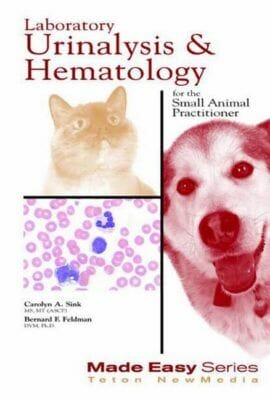
By Bernard Feldman and Carolyn Sink
Laboratory Urinalysis and Hematology for the Small Animal Practitioner PDF is essential for any veterinary practitioner or nurse learning to, or actually performing routine urinalysis and hematology laboratory procedures. It includes the basic information of how to collect, preserve, prepare, and examine specimens. It deals specifically with common findings in urinalysis and hematology and provides a comprehensive set of high quality images for on-the-spot reference. The book includes step-by-step procedures for both manual and automated testing of all blood components and detailed guidelines for microscopic analysis of urine sediment including crystals and casts.
| File Size | 2.89 MB |
| File Format | |
| Download link | Free Download | Become a Premium, Lifetime Deal |
| Support & Updates | Contact Us | Broken Link |
| Join Our Telegram Channel |  |
| More Books: | Browse All Categories |

![Settinger’s Textbook Of Veterinary Internal Medicine 9Th Edition [True Pdf+Videos]](https://www.vet-ebooks.com/wp-content/uploads/2022/03/Ettingers-Textbook-of-Veterinary-Internal-Medicine-9th-Edition.jpg)
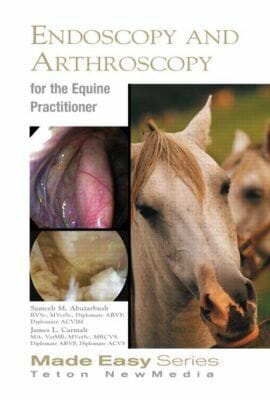
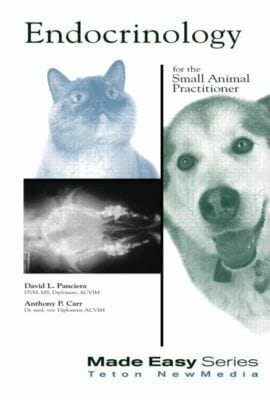

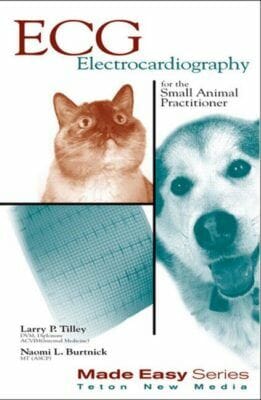

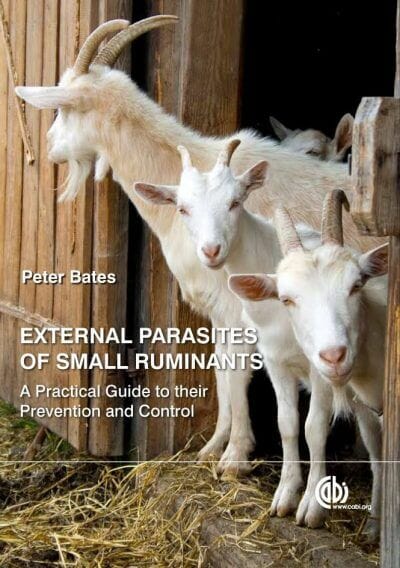

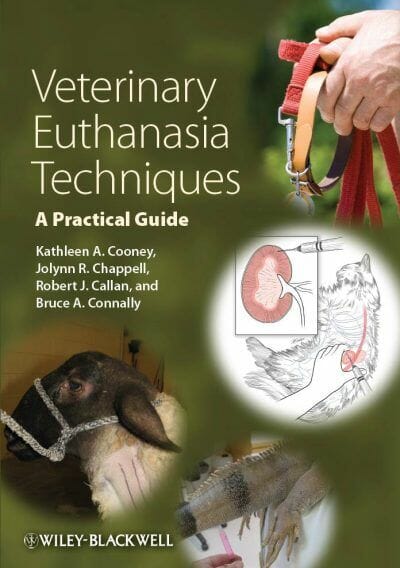
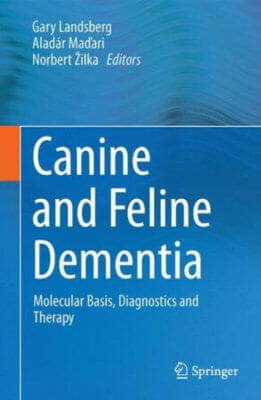










![Ettinger’s Textbook of Veterinary Internal Medicine 9th Edition [PDF+Videos] Ettinger’s Textbook of Veterinary Internal Medicine 9th Edition [True PDF+Videos]](https://www.vet-ebooks.com/wp-content/uploads/2024/10/ettingers-textbook-of-veterinary-internal-medicine-9th-edition-100x70.jpg)





